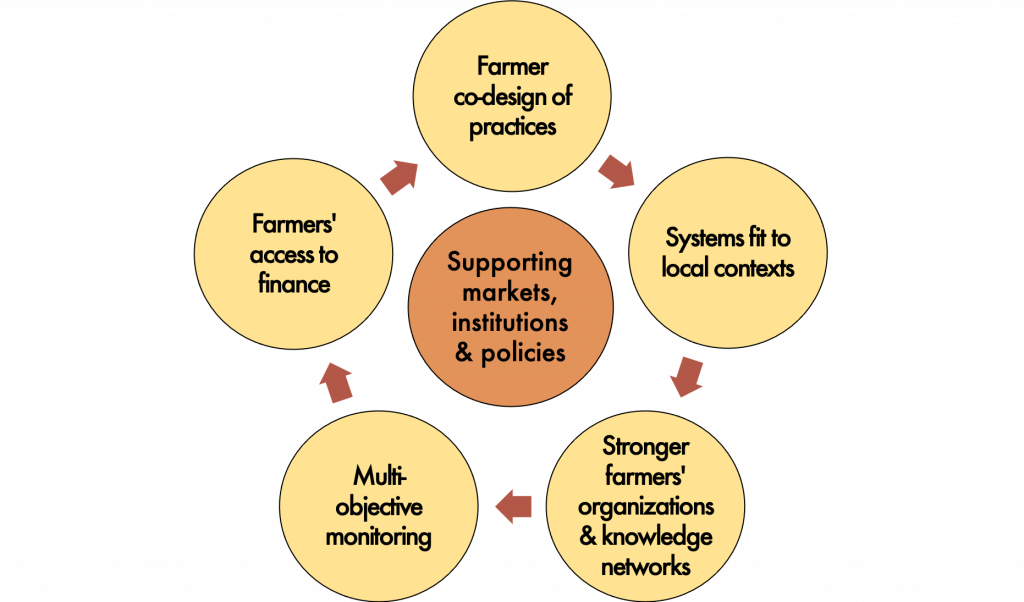You must log in to view this page properly.
Instructions
Two simple steps to display your presentation(s), upload and embed.
Uploading
- Drag and drop the presentation(s) into the upload area below to upload and attach them to this page.
- We recommend saving PowerPoint presentations as PDF files.
Once uploaded, the files are listed below. You may click on the small arrow to the left of a document to change its properties or delete it.
Embed
- Click on in the upper right corner of the page to open the editor.
- Put the cursor into the Excerpt box. (The Excerpt box will appear once you edit the page.)
- You need to select the appropriate macro to embed the presentation.
- For PDF files (file name extension pdf) type {pdf and select PFD from the drop-down menu to open the macro. Select the desired file under "Filename" and click "Save" to insert the macro in the Excerpt box.
- For PowerPoint files (file name extension ppt or pptx) type {pp and select Office Powerpoint from the drop-down menu to open the macro. Select the desired file under "Filename" and click "Save" to insert the macro in the Excerpt box.
- For Word files (file name extension doc or docx) type {doc and select Office Word to open the macro. Select the desired file under "Filename" and click "Save" to insert the macro in the Excerpt box.
- You may add several files, one after another.
- Click on in the lower right corner of the editor to save your changes.
| For PDF write {pdf | For PowerPoint write {pp | For Word write {doc |
The evidence on agroecology’s impact on mitigation is modest, except for enhancing carbon sequestration in soil and biomass. Where there is strong evidence: Where there is weak evidence: Where there is moderate evidence: Improve investment in agroecology for climate change will require long-term funding modalities, outcome target setting that includes environmental services and climate benefits, and systemic change and incentives to build farmer capacities (Fig 1). Rather than treating climate change adaptation and mitigation as co-benefits, global food systems must be actively managed for climate change benefits. >Figure 1. Key elements of exiting agricultural development programs to increase support for agroecology and climate change outcomes. Tackling climate change has always required broad cooperation and diverse approaches. Implementing agroecology across organizations with different political visions for development will require transcending the many labels for sustainable agriculture and climate change (e.g., climate-smart agriculture, regenerative agriculture), including agroecology. The point is to spend less time debating what agroecology is, and more time on how it can be used to improve agricultural mitigation and adaptation to climate change. Originally published on April 22 on the CCAFS website: Agroecology: A key piece to climate adaptation & mitigation?What the evidence tells us
Climate change adaptation
Climate change mitigation
Adaptive capacity
Yields
Data gaps
Donor investments
What actions are needed?
Recommendations from the review
